Existing ways of calculating biodiversity dynamics are not very effective in detecting wholesale species community change due to the effects of ocean acidification.
Month: September 2022
Coronavirus Race for Survival in the Epithelium: the Fastest Autowave Wins the Competition of Viral Strains
Scientists from the Nikol’skii Mathematical Institute of RUDN University built a mathematical model that describes the self-sustaining propagation of virus concentration waves – autowaves – in a tissue or cell culture, taking into account their competition for resources, that is the infected cells. The authors applied the constructed model to study variants of the new coronavirus, Delta and Omicron. It turned out that the autowave with the higher speed of spatial propagation wins, while the slow autowave dies. The studied processes relate to the competition and evolution of viral strains in the upper respiratory tract in vivo. In addition, the proposed approaches can be used when creating new methods for studying viruses in vitro.
Powered by artificial intelligence, Argonne technology eyes bird activity at solar facilities
The World Health Organization says monkeypox is a global health emergency. Scientists use ultrabright X-ray beams and diffraction imagery to understand how poxviruses behave. This can accelerate development of critical vaccines and treatments for monkeypox and other poxviruses.
More than 16,000 Cancer Deaths Due to Complications from COVID-19 in 2020 in U.S., New Study Says
From March through December 2020, more than 16,000 cancer deaths were due to complications of COVID-19 in the United States, according to a new study led by researchers at the American Cancer Society.
Dual-targeting CAR NK cells can prevent cell dysfunction and tumor escape
Researchers at The University of Texas MD Anderson Cancer Center have developed a new approach to engineering natural killer (NK) cells with a second chimeric antigen receptor (CAR) to act as a logic gate, requiring two signals to eliminate a target cell. In preclinical studies, these next-generation CAR NK cells improved tumor specificity and enhanced anti-tumor activity by overcoming a process that contributes to NK cell dysfunction and tumor relapse.
Dietary supplementation may improve antibiotic-induced GVHD following stem cell transplants
Researchers at The University of Texas MD Anderson Cancer Center have identified a specific gut bacterium involved in the progression of graft-versus-host disease (GVHD) after antibiotic treatment of allogeneic hematopoietic stem cell transplantation (allo-HSCT) and discovered that nutritional supplementation can prevent antibiotic-induced GVHD in preclinical models, according to a study published today in Cell.
First-Ever Mycobiome Atlas Describes Associations between Cancers and Fungi
An international team of scientists, co-led by researchers at the University of California San Diego School of Medicine, has created the first pan-cancer mycobiome atlas — a survey of 35 types of cancer and their associated fungi
Heating System in the Apartment Affects the Spread of Coronavirus
RUDN University engineer with colleagues from Iran built an aerodynamic model of the spread of coronavirus in an apartment. The authors compared different heating systems and calculated which option is the safest in terms of the spreading the virus.
Webb, Hubble Capture Detailed Views of DART Impact
Two of NASA’s great observatories had a front row seat to a first of its kind NASA test for defending Earth against potential asteroid or comet hazards.
NASA’s James Webb Space Telescope and Hubble Space Telescope teamed up to collect data before and after NASA’s Double Asteroid Redirection Test (DART) intentionally slammed into Dimorphos, the asteroid moonlet in the double-asteroid system of Didymos, at nearly 15,000 miles per hour.
Not only will ground-based telescope observations help determine how successful the test was in altering the asteroid’s orbit, but the combined capabilities of Webb and Hubble together —on the same target, at the same time— will allow scientists to analyze a wide array of data relating to the makeup and history of our solar system.
What’s next for Brazil: Cornell experts on economics, politics post-election
The first round of Brazil’s elections on Oct. 2 will see former leftist president Luiz Inacio Lula da Silva face off against right-wing incumbent Jair Bolsonaro. The following Cornell University professors are available to discuss the implications for Brazil and…
Low long-term risk of breast cancer recurrence after nipple-sparing mastectomy
Nipple-sparing mastectomy (NSM) – an increasingly popular option for women undergoing treatment for breast cancer – not only achieves good cosmetic outcomes, but also low long-term risk of recurrent breast cancer, reports a study in the October issue of Plastic and Reconstructive Surgery®, the official medical journal of the American Society of Plastic Surgeons (ASPS). The journal is published in the Lippincott portfolio by Wolters Kluwer.
Combined oral contraceptives don’t increase the risk of macromastia in young women
Combined oral contraceptives (COCs) containing both estrogen and progestin do not contribute to the development of enlarged breasts (macromastia) – nor do they increase the risk of breast regrowth in adolescents and young women following breast-reduction surgery, reports a study in the October issue of Plastic and Reconstructive Surgery®, the official medical journal of the American Society of Plastic Surgeons (ASPS). The journal is published in the Lippincott portfolio by Wolters Kluwer.
Unreliable neurons improve brain functionalities
Neuronal silencing periods facilitate an advantageous mechanism for temporal sequence identification and demonstrate a useful new AI mechanism for ATM’s equipped with secure handwriting recognition.
Researchers test cost-effective approach to early-cancer detection from cell-free DNA in blood samples
Researchers at UCLA’s Jonsson Comprehensive Cancer Center and collaborating organizations report successful results from an experimental cancer-detection system that appears to have overcome some of the challenges of the “liquid biopsy” in a novel, cost-effective way.
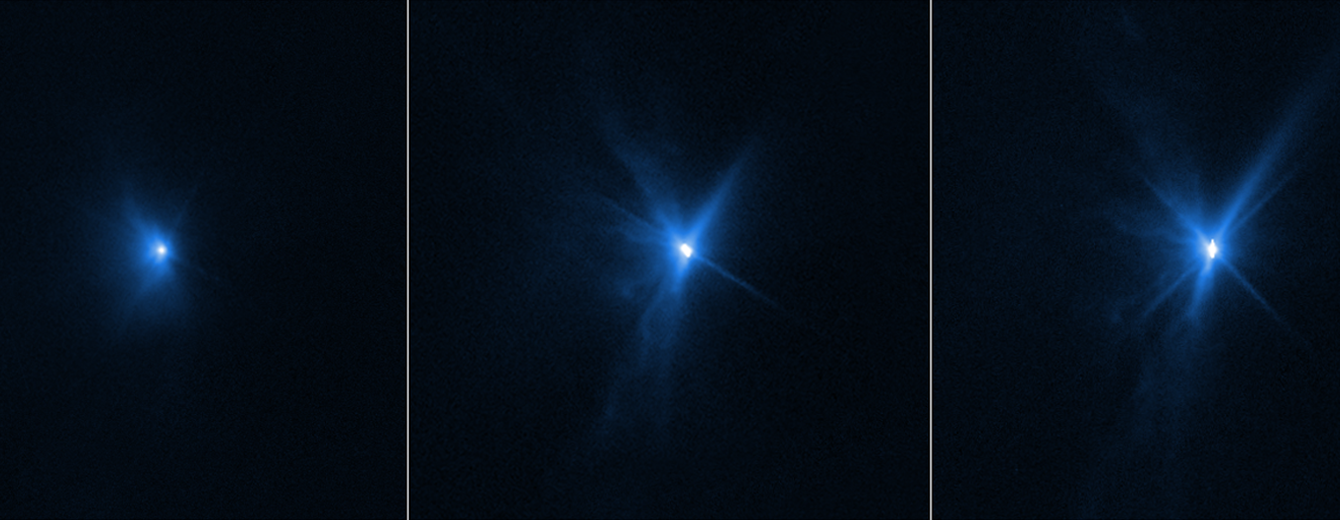
Webb, Hubble Capture Detailed Views of DART Impact
First Time Webb, Hubble Make Simultaneous Observations of the Same Target
Dogs can smell when we’re stressed, study suggests
Dogs could differentiate breath and sweat samples from people before and after a stress-inducing task.
Breast Cancer Expert: “Awareness and Early Detection Save Lives”
One in eight women will be diagnosed with breast cancer in her lifetime. For those with BRCA1 and BRCA2 gene mutations, the chances are even higher. The National Breast Cancer Foundation estimates that 55 to 65% of women with the BRCA1 mutation, and 45%…
NAU research collaborative receives $21M grant to continue pioneering work into health equity in the Southwest
A groundbreaking research collaborative at Northern Arizona University received another $21 million grant to continue its work to promote health equity and study health disparities among diverse populations of the American Southwest.
Active Matter, Curved Spaces: Mini Robots Learn to ‘Swim’ on Stretchy Surfaces
Physicists are using small wheeled robots to better understand indirect mechanical interactions, how they play a role in active matter, and how we can control them. Their findings, “Robotic swimming in curved space via geometric phase” are recently published in the The Proceedings of the National Academy of Sciences (PNAS).
High blood pressure speeds up mental decline, but does not fully explain dementia disparities
High blood pressure means faster slide into signs of dementia or Alzheimer’s, but does not explain the overall disparity between Hispanic/Latino people and non-Hispanic people in dementia risk.
American College of Surgeons applauds passage of STOP THE BLEED® bill in California
The American College of Surgeons (ACS) applauds the California State Legislature and Governor Gavin Newsom for enacting Assembly Bill 2260.
Scientists develop tech to manage two-way power flow to commercial buildings
Researchers at Oak Ridge National Laboratory recently demonstrated a new technology to better control how power flows to and from commercial buildings equipped with solar, wind or other renewable energy generation.
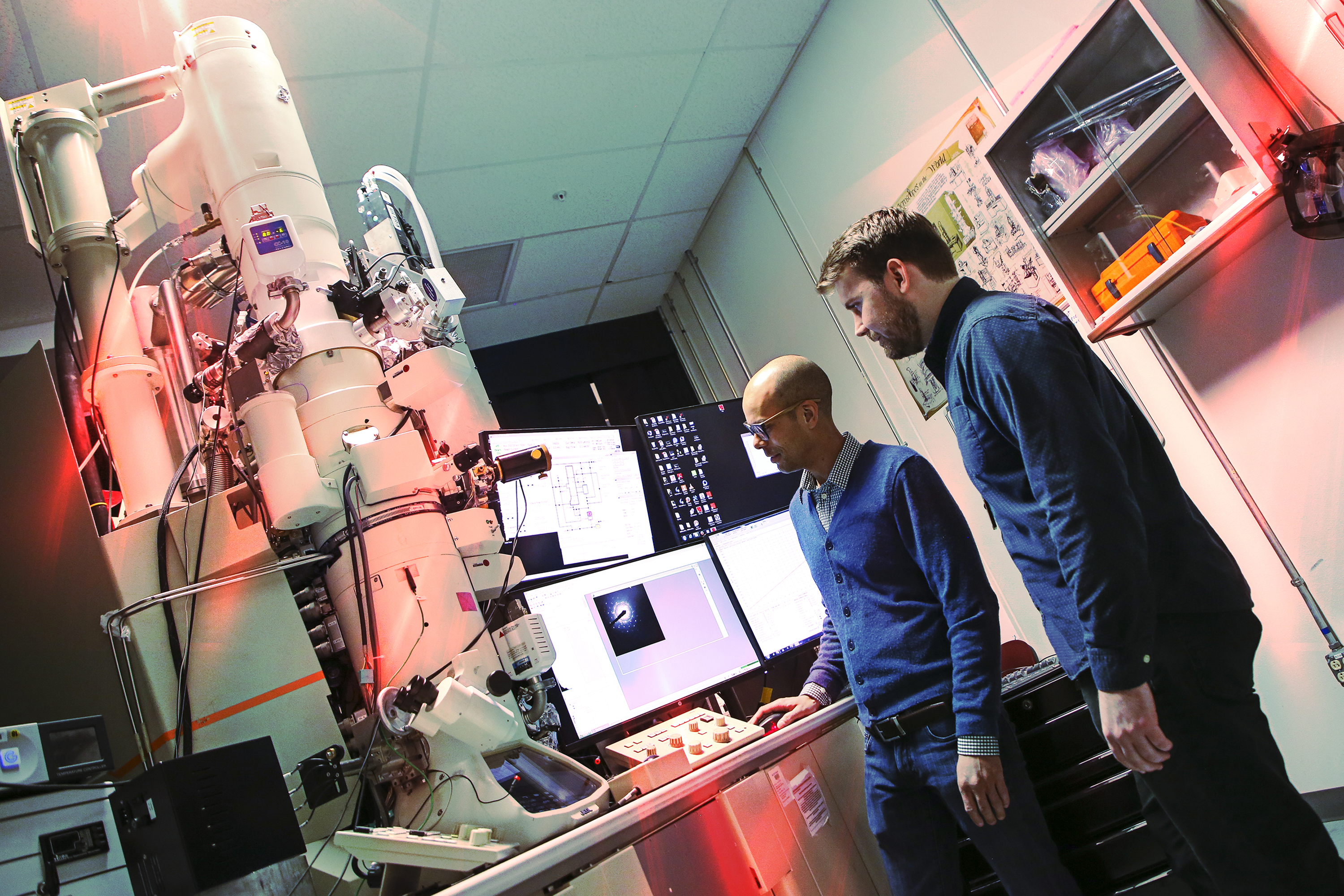
Scientists chip away at a metallic mystery, one atom at a time
Based at Sandia National Laboratories, a team of scientists believes the key to preventing large-scale, catastrophic failures in bridges, airplanes and power plants is to look — very closely — at damage as it first appears at the atomic and nanoscale levels.
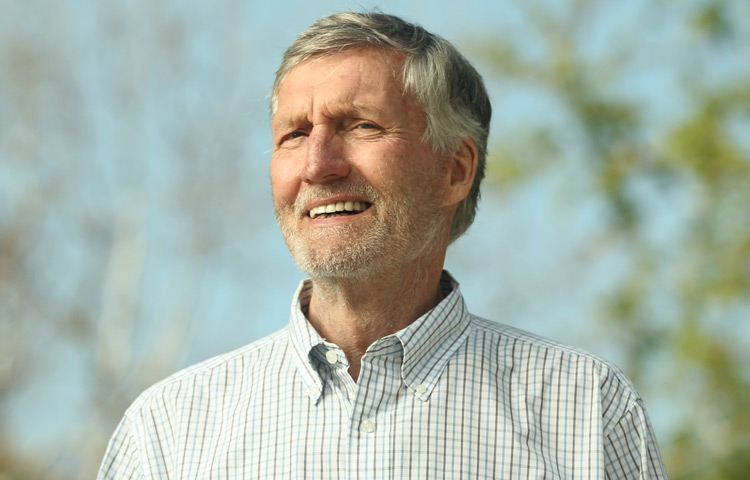
Erkki Ruoslahti wins America’s top biomedical research award
Distinguished Professor Emeritus Erkki Ruoslahti, M.D., Ph.D., has been announced as one of three winners of the Albert Lasker Basic Medical Research Award, the most prestigious American award for biomedical research, for his transformational research leading to the discovery of the cell adhesion receptors now known as integrins.
Duke to Co-Lead New Research Dissemination and Engagement Center to Help End Opioid Addiction
The Duke Clinical Research Institute (DCRI) will help establish a new nationwide center that will accelerate and expand the dissemination of the latest research on addiction and overdose to help communities devastated by the opioid crisis.
MD Anderson Research Highlights for September 28, 2022
The University of Texas MD Anderson Cancer Center’s Research Highlights provides a glimpse into recent basic, translational and clinical cancer research from MD Anderson experts. Current advances include an investigation into the efficacy of dexamethasone for dyspnea relief, a combination therapy for hairy cell leukemia, an analysis of RAS mutations and their prognostic value in acute myeloid leukemia (AML), a possible new combination therapy for basal-like breast cancer, and swallowing exercises to improve the quality of life for patients with head and neck cancer undergoing radiotherapy.
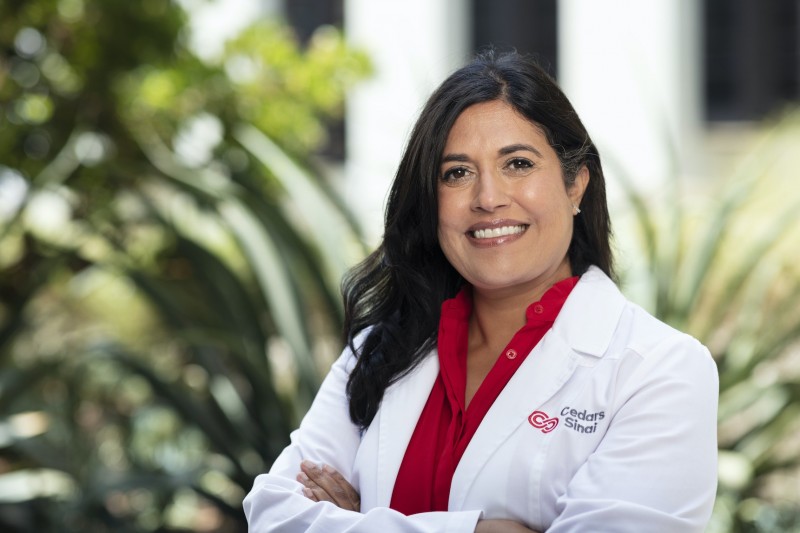
Arm Yourself Against the 2022-23 Flu Season
Amid the loosening of COVID-19 precautions and a sharp increase in flu cases in the Southern Hemisphere, Cedars-Sinai experts are warning the public to prepare for a bad flu season this year.
Rate of food insecurity skyrockets for Americans with cardiovascular disease, study finds
The number of Americans with cardiovascular disease who are food insecure – having limited or uncertain access to adequate food – has more than doubled over the last 20 years, a national study finds. Adults with cardiovascular disease were more than two times likely to be food insecure than those without the cardiovascular disease.
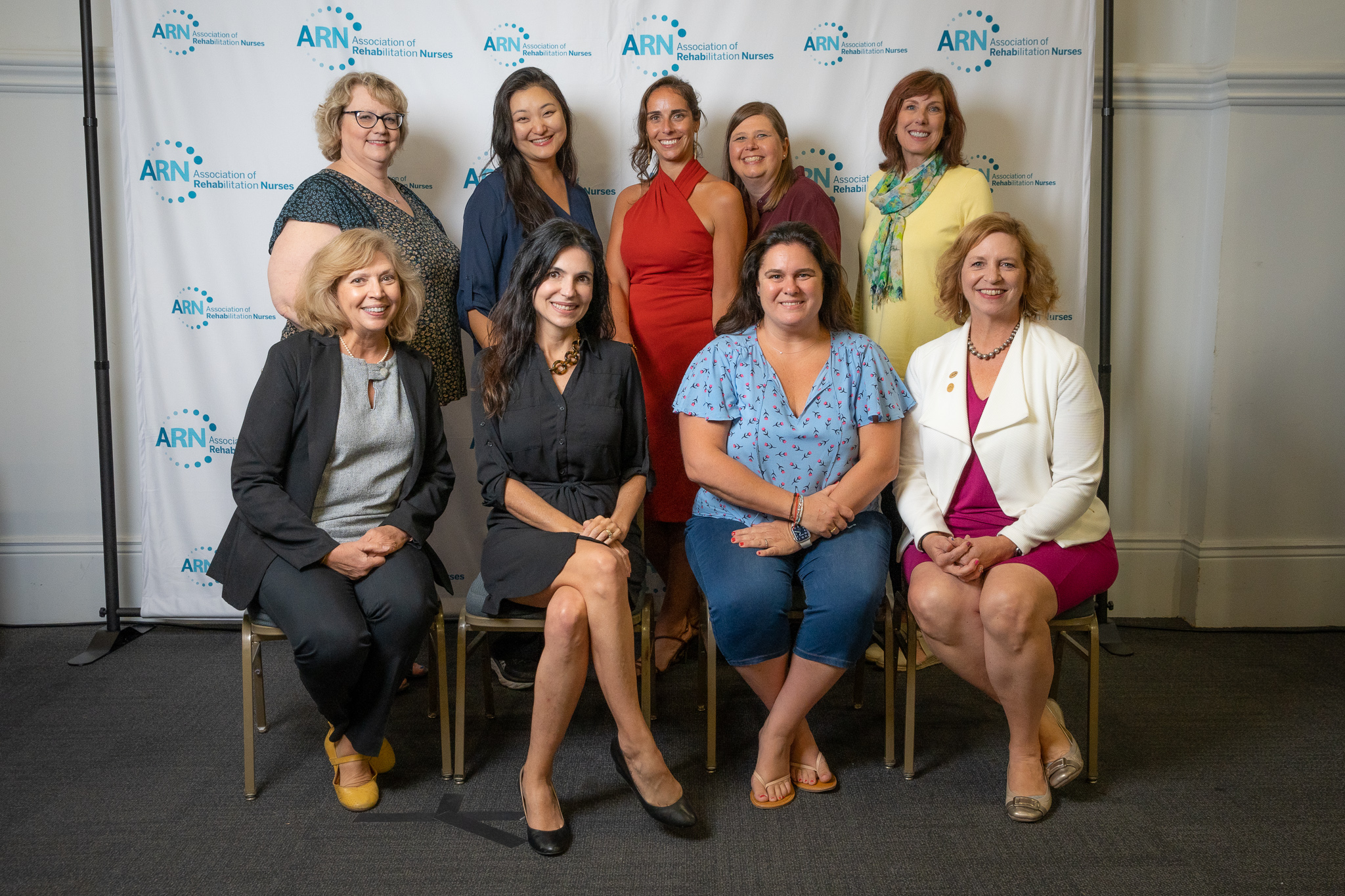
The Association of Rehabilitation Nurses 2022-2023 Board of Directors Installed
Association of Rehabilitation Nurses announce 2022-2023 Board of Directors
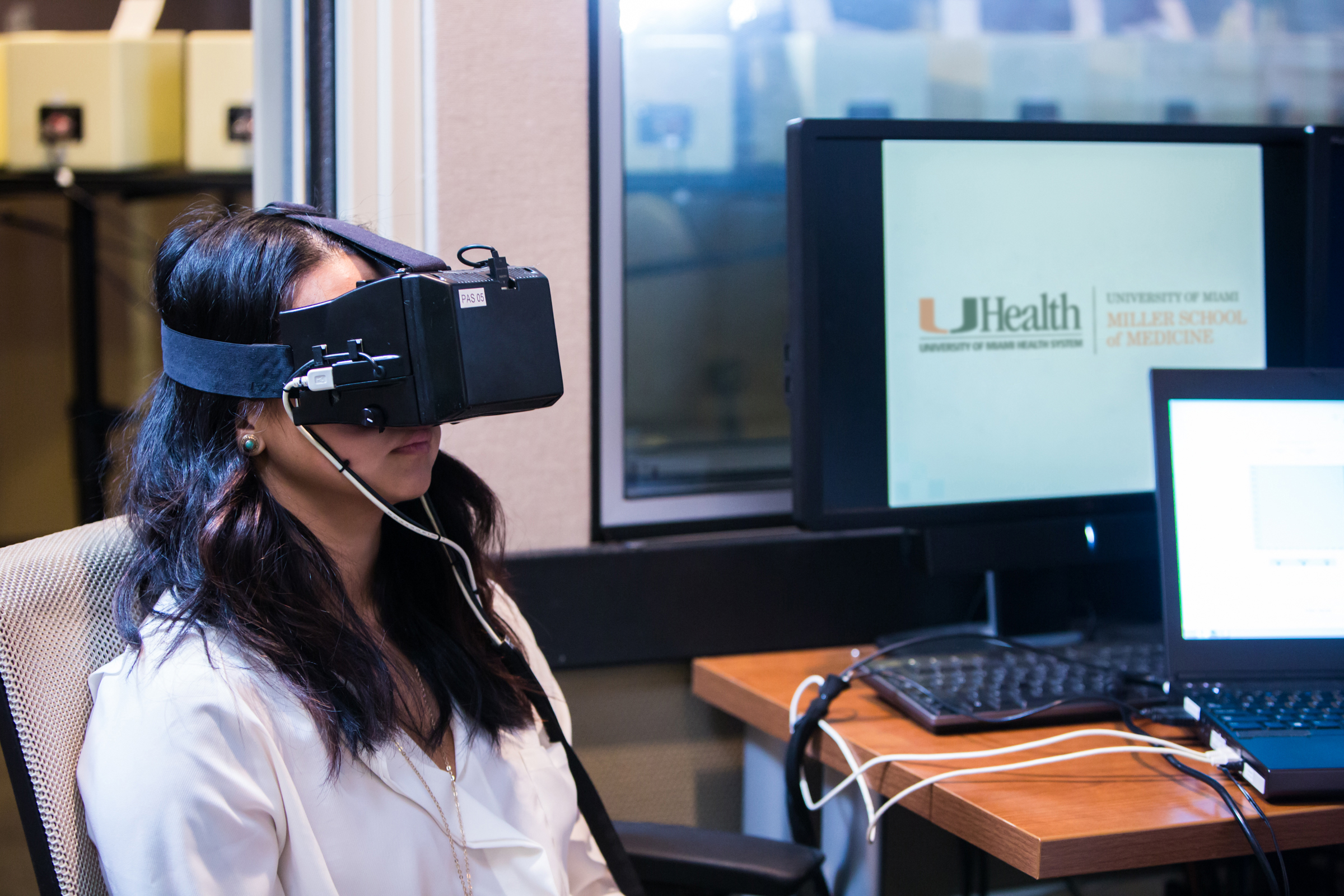
Miller School Device That Diagnoses Concussion at the Point of Care Receives U.S. Patent
The University of Miami Miller School of Medicine has received a U.S. patent for a device that diagnoses mild traumatic brain injury and concussion at the point of care.

Hubble Detects Protective Shield Defending a Pair of Dwarf Galaxies
Researchers have used Hubble and FUSE observations of ultraviolet light from quasars to detect and map the Magellanic Corona, a diffuse halo of hot, supercharged gas surrounding the Small and Large Magellanic Clouds. Shown in purple, the corona stretches more than 100,000 light-years from the main mass of stars, gas, and dust that make up the Magellanic Clouds, intermingling with the hotter and more extensive Milky Way Corona, shown in blue. The corona is thought to act as a buffer protecting the dwarf galaxies’ vital star-forming gas from the gravitational pull of the much larger Milky Way.
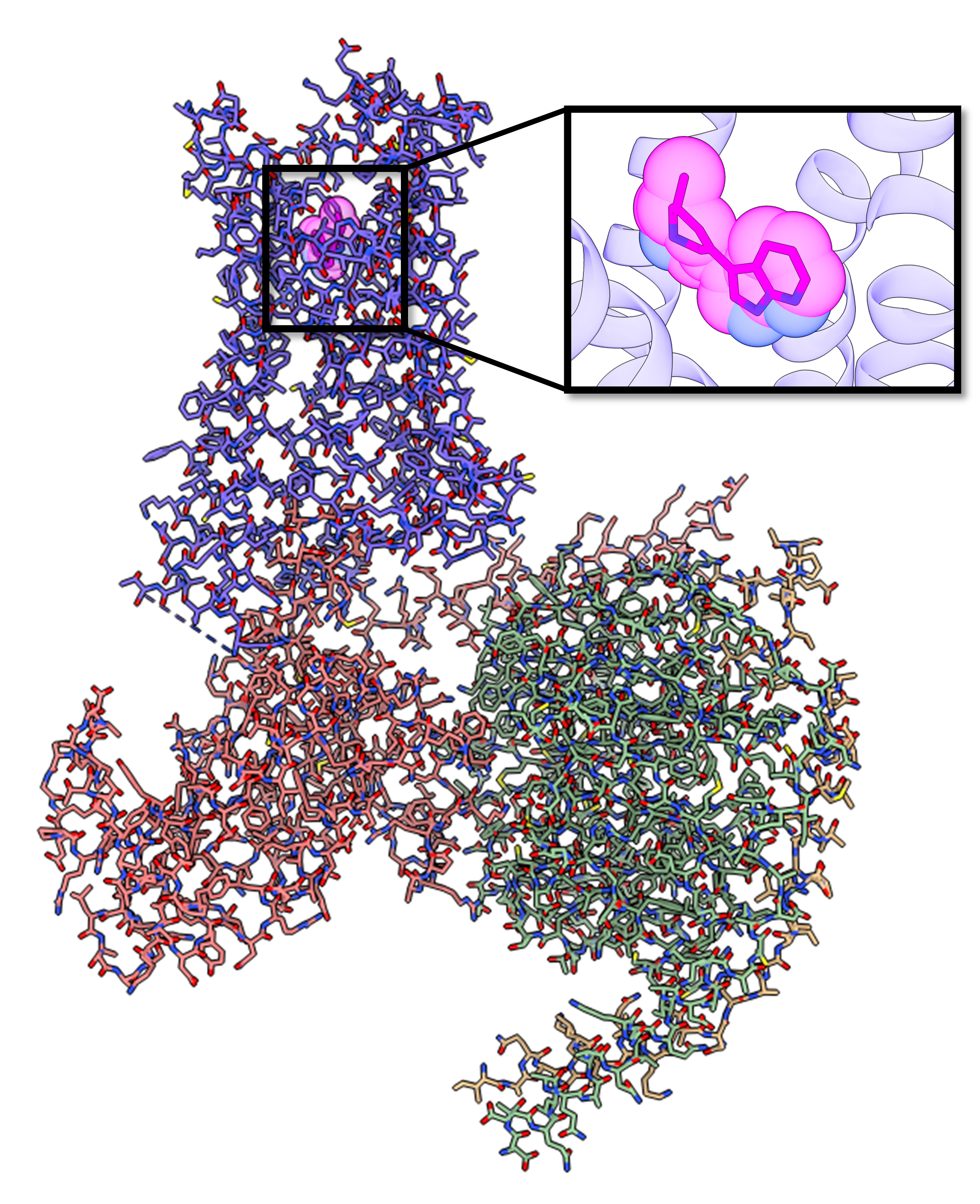
Can Scientists Take the Trip out of Psychedelics, Leaving only the Anti-depressant Effect?
Published in Nature, this research in animal models show it’s possible to create a compound that hits the same exact target as psychedelic drugs hit – the 5-HT2A serotonin receptors on the surface of specific neurons – but does not cause the same psychedelic effects when given to mice.
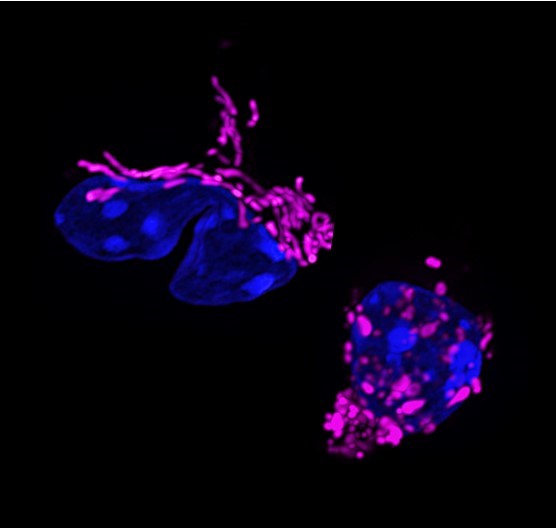
Immune Function Remodeled by Mitochondrial Shape
A new study focused on the immune system’s Th17 cells suggests that the shape and function of their mitochondria (the powerhouse of cells) is important in autoimmune and inflammatory disorders, such as multiple sclerosis.
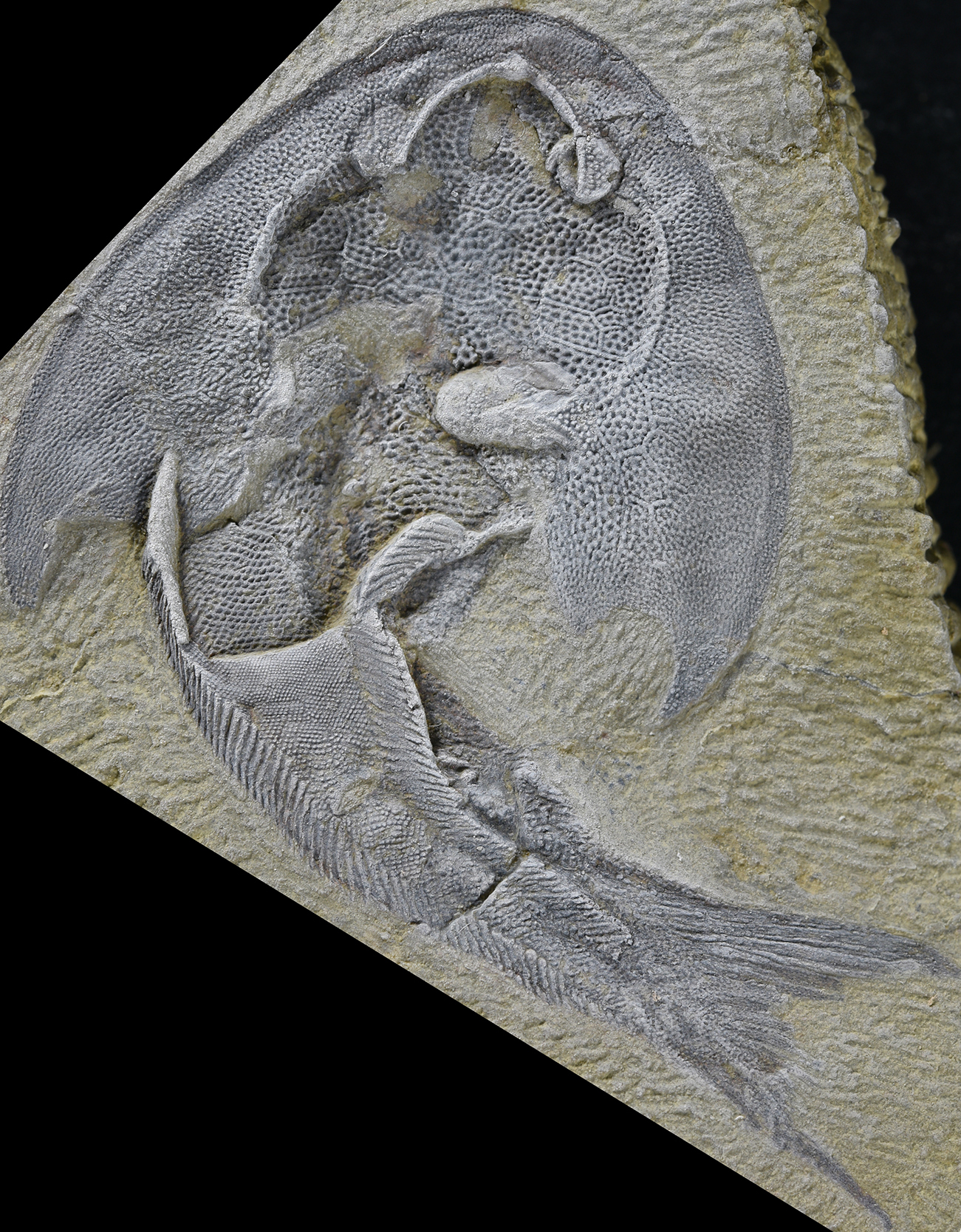
Dead fish breathes new life into the evolutionary origin of fins and limbs
A trove of fossils in China, unearthed in rock dating back some 436 million years, have revealed for the first time that the mysterious galeaspids, a jawless freshwater fish, possessed paired fins.
Scientists depict Dragonfly landing site on Saturn moon Titan
When NASA’s 990-pound Dragonfly rotorcraft reaches the Selk crater region – the mission’s target touchdown spot – on Saturn’s moon Titan in 2034, Cornell’s Léa Bonnefoy ’15 will have helped to make it a smooth landing.
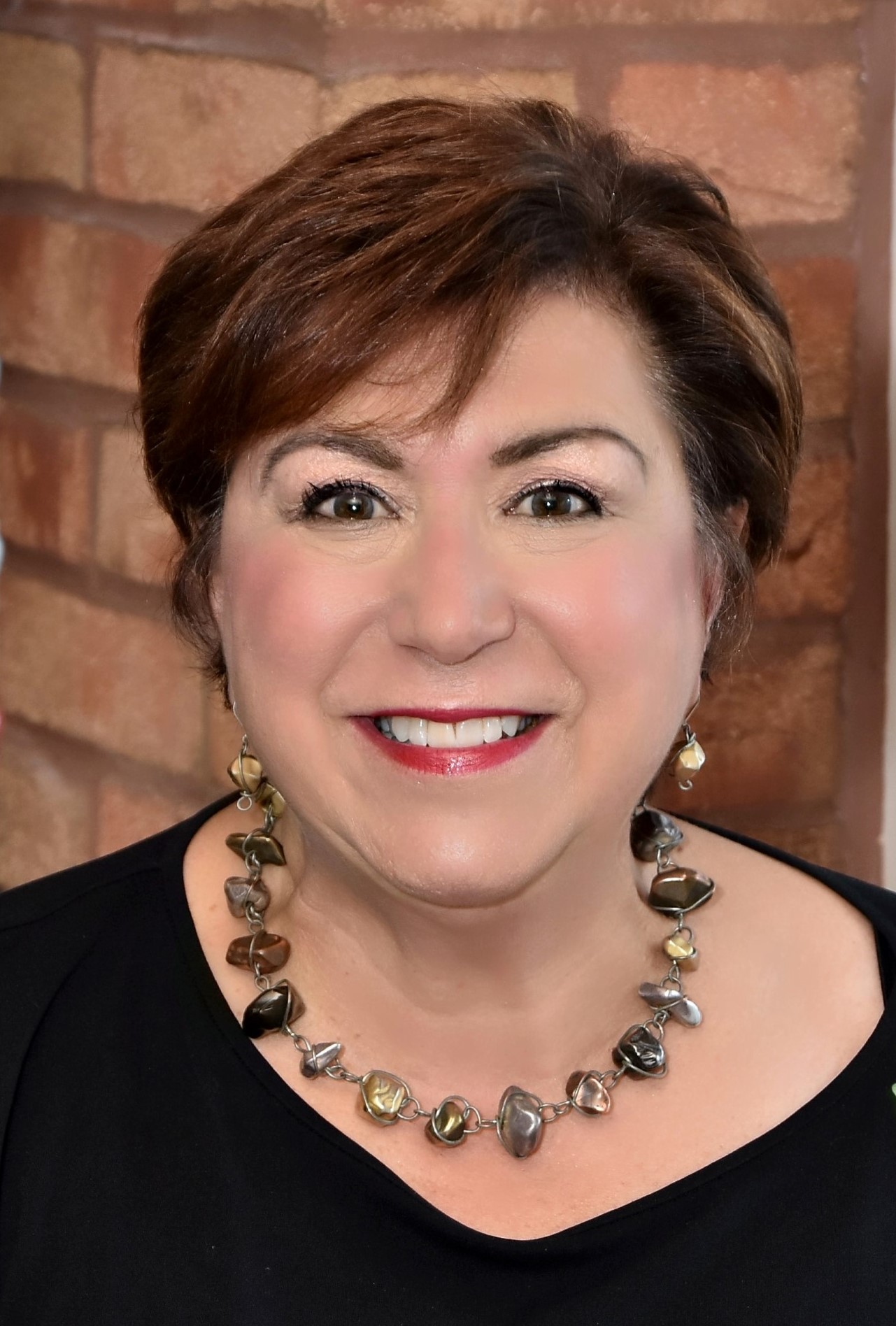
RECOMMENDATIONS FROM ACADEMY OF NUTRITION AND DIETETICS INCLUDED IN REPORT FOR WHITE HOUSE CONFERENCE ON HUNGER, NUTRITION AND HEALTH
The White House’s newly released National Strategy on Hunger, Nutrition and Health report includes recommendations from the Academy of Nutrition and Dietetics, the world’s largest organization of food and nutrition professionals.
Researchers discover how deadly brain cancer evades treatments
The researchers found the cancer cells that survive the first round of radiotherapy or chemotherapy do so by mutating during the post-treatment minimal residual disease (MRD) or dormant state.
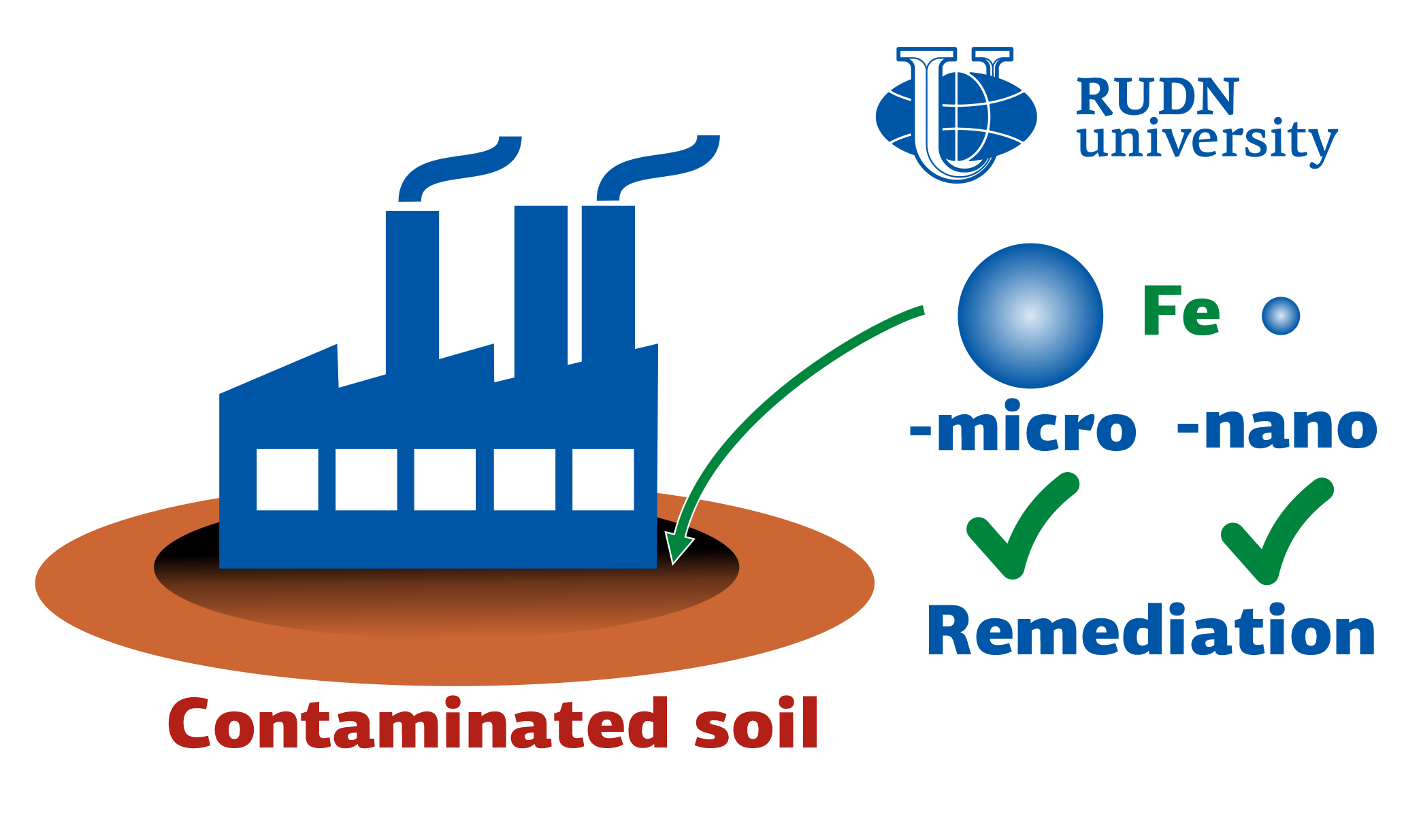
We need no “nano” to clean metals out of soil
RUDN University agronomists compared the effect of iron nanoparticles and microparticles for cleaning contaminated soils. It turned out that more modern nanoparticles are in no way superior to more familiar microparticles.
AI-guided screening uses ECG data to detect a hidden risk factor for stroke
An AI-guided targeted screening strategy is effective in detecting new cases of atrial fibrillation that would not have come to attention in routine clinical care.
This strategy could reduce the number of undiagnosed cases of atrial fibrillation, and prevent stroke and death in millions of patients across the globe.
People who feel less pain are also less willing to help others
A reduced ability to feel pain in one’s own body leads to a reduced willingness to help others who feel pain. This result of a study published in Psychological Science by cognitive psychologists at the University of Vienna led by Claus Lamm and Helena Hartmann points beyond the individual effects of pain medication to its social costs.
Machine learning helps scientists peer (a second) into the future
The past may be a fixed and immutable point, but with the help of machine learning, the future can at times be more easily divined.
Machine learning creates opportunity for new personalized therapies
Researchers at the University of Michigan Rogel Cancer Center have developed a computational platform that can predict new and specific metabolic targets in ovarian cancer, suggesting opportunities to develop personalized therapies for patients that are informed by the genetic makeup of their tumors. The study appeared in Nature Metabolism.
How Long Older Adults Will Live Comes Down to 17 Often Surprising Factors
A new model to predict the life expectancy of older people relies less on their specific disease diagnoses and more on factors such as the ability to grocery shop, the amount of certain small cholesterol particles circulating in their blood, and whether they never or only occasionally smoked.
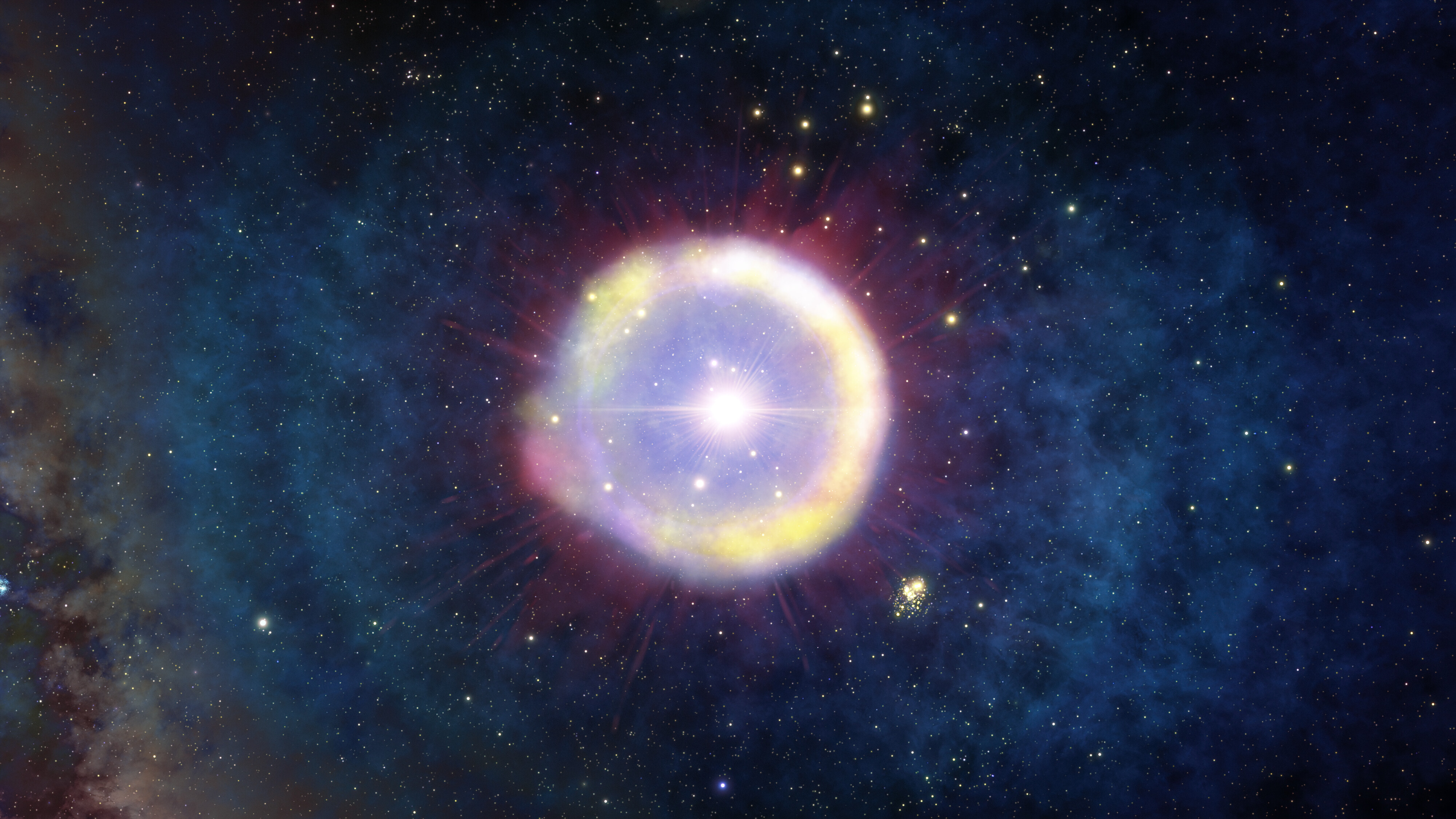
Potential First Traces of the Universe’s Earliest Stars
Astronomers may have discovered the ancient chemical remains of the first stars to light up the Universe. Using an innovative analysis of a distant quasar observed by the 8.1-meter Gemini North telescope on Hawai‘i, operated by NSF’s NOIRLab, the scientists found an unusual ratio of elements that, they argue, could only come from the debris produced by the all-consuming explosion of a 300-solar-mass first-generation star.
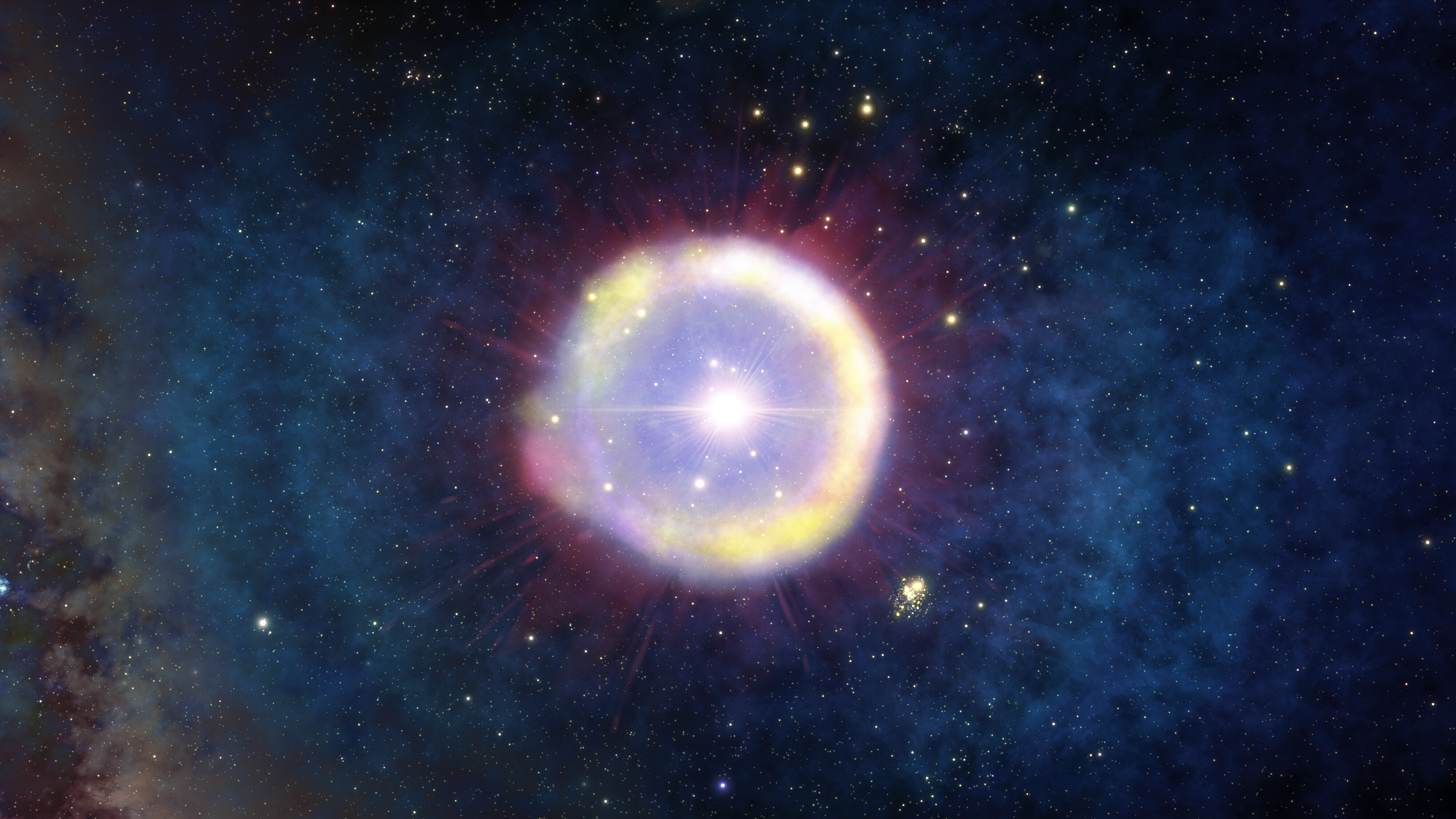
Descubren evidencias de las primeras estrellas del Universo
Un equipo internacional de astrónomos halló evidencia de antiguos vestigios químicos de las primeras estrellas que iluminaron el Universo. Usando un análisis innovador de un cuásar distante observado por el telescopio Gemini Norte de 8,1 metros en Hawai’i, y que opera NOIRLab de la NSF, los científicos encontraron una proporción inusual de elementos que, según ellos, sólo podrían provenir de los desechos producidos en la explosión de una estrella de primera generación de 300 masas solares.

NRAO’s Marian Pospieszalski Receives EuMA Pioneer Award
The European Microwave Association (EuMA) has announced Marian Pospieszalski— a senior research engineer at the National Science Foundation’s National Radio Astronomy Observatory (NRAO)— as the recipient of its 2022 Pioneer Award. The EuMA Pioneer Award recognizes individuals responsible for noteworthy advances in the field of microwaves that have had a lasting and significant impact on the microwave community.
$50 Million Gift to Accelerate Colton Center for Autoimmunity at Penn Medicine
A $50 million gift from Stewart and Judy Colton will accelerate the existing Colton Center for Autoimmunity at the University of Pennsylvania’s Perelman School of Medicine into an internationally leading center of autoimmune research and treatment with a dedicated space, powerful recruitment capabilities, scientific resources, and more. This gift builds on a $10 million gift from the Coltons, which established the Colton Center for Autoimmunity at Penn in the fall of 2021.
Young Americans Cite Respect, Dignity, Tolerance as Core Values, New Poll Reveals
A new poll by the Sine Institute for Policy & Politics at American University offers a positive outlook for the future of American democracy, public policy, and political discourse.
AMERICAN SOCIETY OF NEPHROLOGY AND 21 KIDNEY COMMUNITY ORGANIZATIONS CALL ON CONGRESS TO PROTECT LIVING DONORS
Today, advocates of the American Society of Nephrology (ASN) and 21 other kidney health professional and patient organizations are meeting with their congressional delegations, calling on them to protect living donors and improve access to transplantation
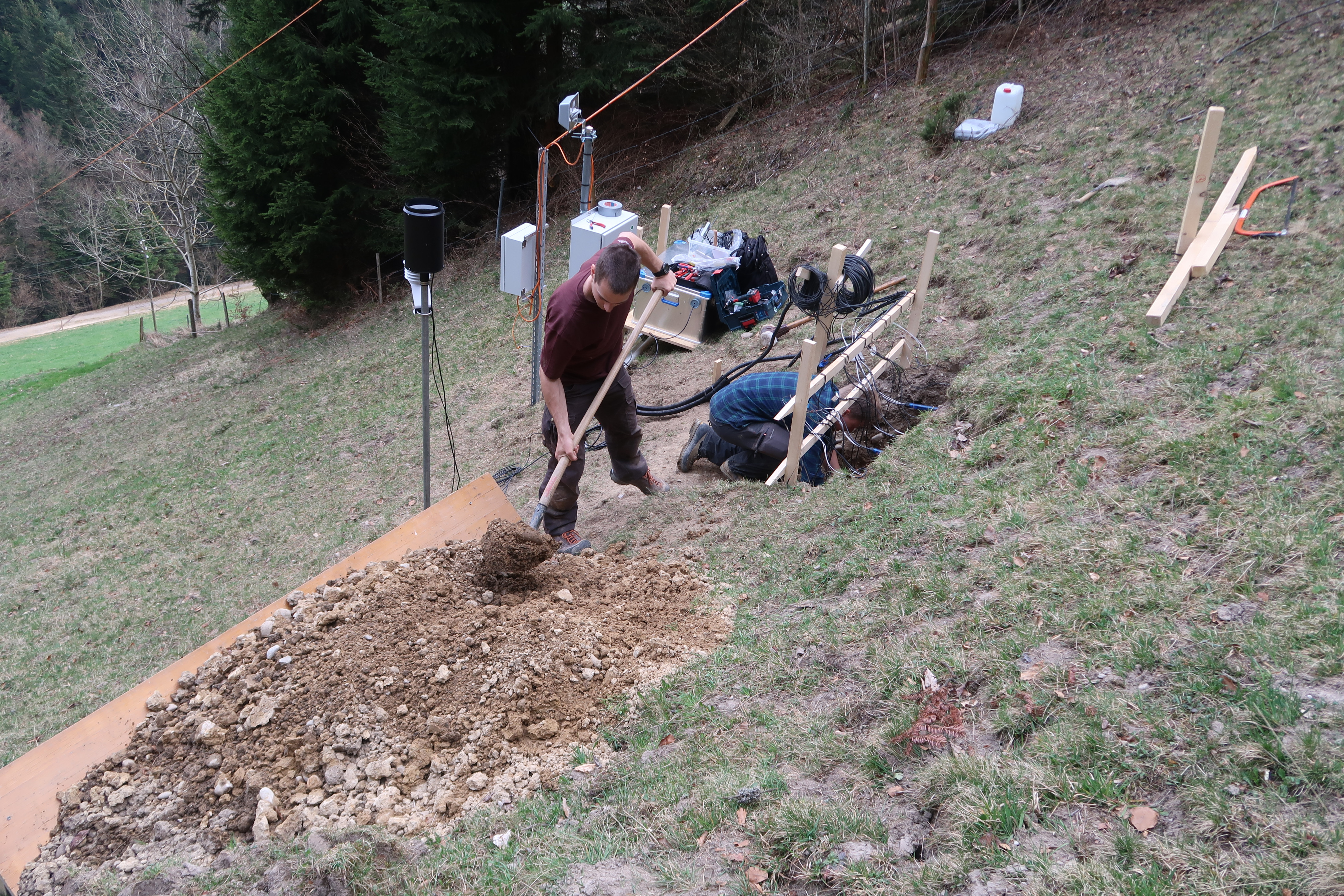
Keeping current with landslide prediction tools
Landslides threaten many lives. A new study suggests we could predict landslides better with electrical measurements of soil.